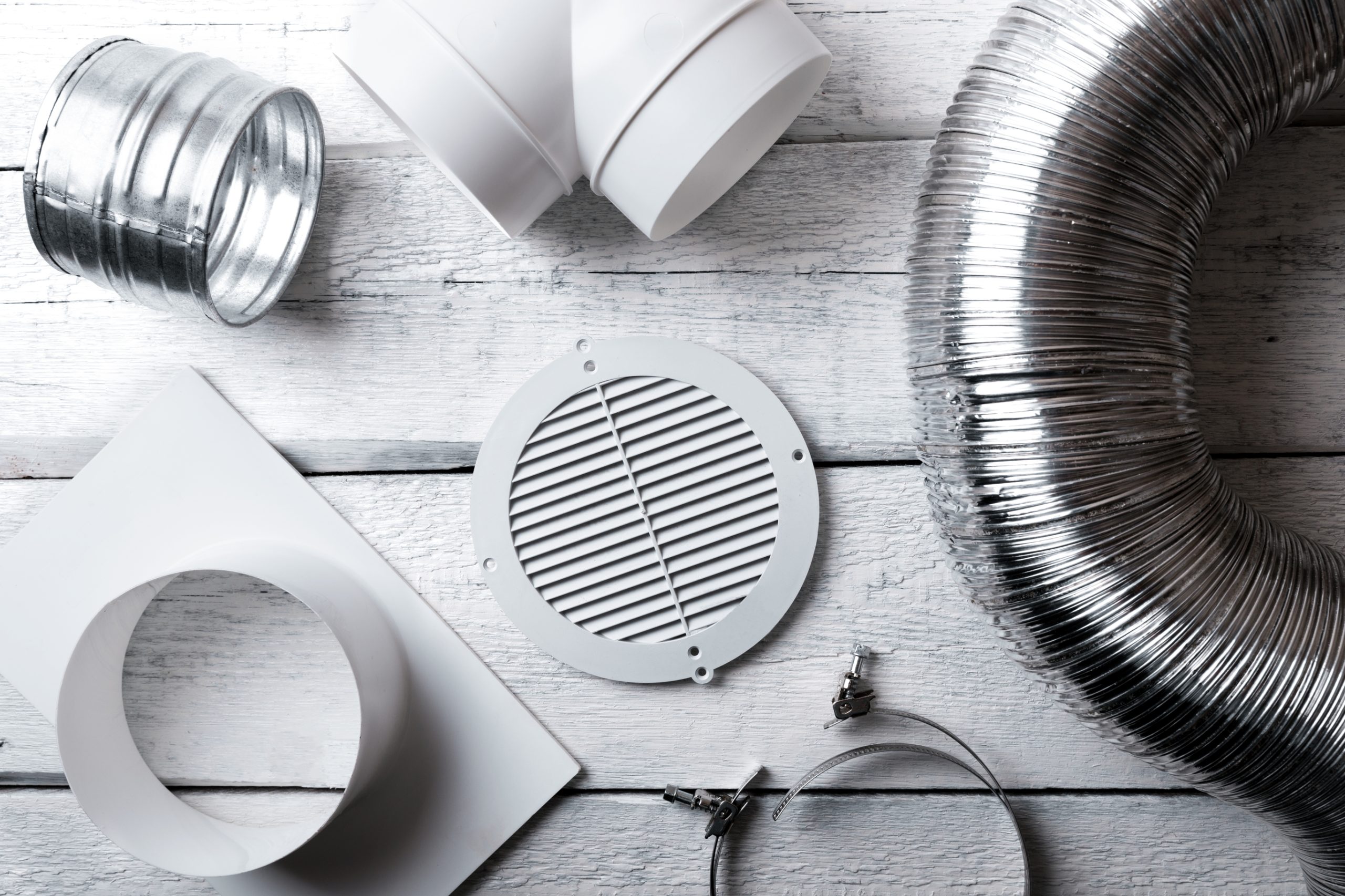Ventilation: The Key to Healthy and Efficient Buildings

Many people spend most of their lives indoors, so proper building ventilation is essential. In addition to maintaining healthy indoor air quality (IAQ) and optimising a building’s efficiency, ventilation helps remove pollutants, regulate temperature and ensures a comfortable working environment.
This article explores how ventilation impacts IAQ and the role of HVAC systems and HEPA air purifiers in creating and maintaining healthy, efficient commercial buildings.
- The build-up of volatile organic compounds (VOCs) and other chemicals. This is particularly likely when cleaning products and electrical equipment emit VOCs. Poor ventilation can lead to harmful levels of VOCs accumulating.
- Increased risk of exacerbating existing asthma and respiratory issues, with allergens and irritants remaining in the air.
- Condensation and mould growth due to excess moisture building up indoors.
- Backdrafting of dangerous gases, such as carbon monoxide, in areas where combustion devices are in use and may not function properly.
Good ventilation helps mitigate these risks by removing stale indoor air with air from outside, helping maintain optimum humidity levels and removing or diluting pollutants.
Optimising ventilation for efficiency with HVAC for commercial buildings
Ventilating commercial buildings comes with unique challenges due to differing sizes, occupancy, and usage. Optimising HVAC systems to help ventilate indoor areas while remaining efficient minimises energy consumption and keeps operational costs low.
Here are some key strategies for optimising ventilation in commercial areas:
- High-efficiency HVAC systems use less energy to move air. With advanced filtration technologies and intelligent controls to optimise performance, businesses can maximise efficiency while reducing emissions.
- Demand-controlled ventilation (DCV) uses sensors to monitor building occupancy, CO2 levels and other indicators to optimise air quality. By autonomously adjusting airflow rates in real-time, buildings can remain well-ventilated without needless energy consumption during low occupancy periods.
- Variable frequency drives (VFDs) control motor speeds in fans and pumps, enabling them to match system loads. This results in reduced consumption while maintaining adequate ventilation.
- Building automation systems (BAS) incorporate HVAC, lighting, security, and other systems into a centralised hub that monitors and adjusts based on preset parameters and real-time data.
Using HEPA-based air purifiers to enhance ventilation and IAQ
IUsing natural building ventilation to maintain optimal IAQ may not be possible, particularly in densely built-up or industrial areas. In these spaces, HEPA filters are critical for enhancing IAQ:
The best HEPA filters have at least a 99.97% single-pass efficiency for particles as small as 0.3 microns. This high filtration level makes them effective at removing airborne pollutants, such as dust, pollen, pet dander, and viral bacteria.
To ensure your commercial building’s HEPA air purifiers work efficiently and effectively, using multiple units strategically placed throughout the space and ensuring airflow settings are correct for the room size is essential.
However, it’s equally important not to rely solely on HEPA purifiers to improve IAQ. Using them alongside proper ventilation and not as a replacement is key to optimising your commercial building’s IAQ.
Best practices for maintaining healthy and efficient building ventilation
The benefits of maintaining healthy and efficient building ventilation can make a big difference to your employee’s well-being and productivity. Here are some best practices your facilities manager can employ to keep your commercial building adequately ventilated:
- Optimise natural ventilation with strategically positioned windows, vents, and other openings to maximise natural airflow. This can help boost energy efficiency by reducing reliance on mechanical ventilation systems.
- Regularly check, maintain, and upgrade HVAC systems. Clean filters and replace them as manufacturers recommend and retrofit older systems for efficiency where possible.
- Using BAS to integrate and control multiple building systems, including ventilation, allows facility managers much more control over ventilation based on data-driven and precise insights.
- Implementing a network of smart sensors throughout your building to monitor humidity, temperature, air quality, and occupancy helps you adjust ventilation rates to maintain healthy IAQ.
- Regular IAQ assessments through professional testing help identify issues while ensuring ventilation systems perform effectively and efficiently.
Utilising new technologies such as energy recovery systems, smart controls, and modern filtration and purifying systems can help you strike the right balance between good ventilation and remaining energy efficiency.
Conclusion
Maintaining healthy IAQ relies on adequate ventilation of indoor spaces within commercial units. Advanced HVAC technologies, HEPA air purifiers, and following best practices allow facility managers to create healthy, comfortable, and productive working environments without compromising energy efficiency.
As a result, understanding ventilation and creating energy-efficient, healthy spaces for employees is no longer optional.If you’d like to learn more about how you can find the right balance between a well-ventilated space that remains energy-efficient and sustainable, contact us today for a comprehensive consultation.
